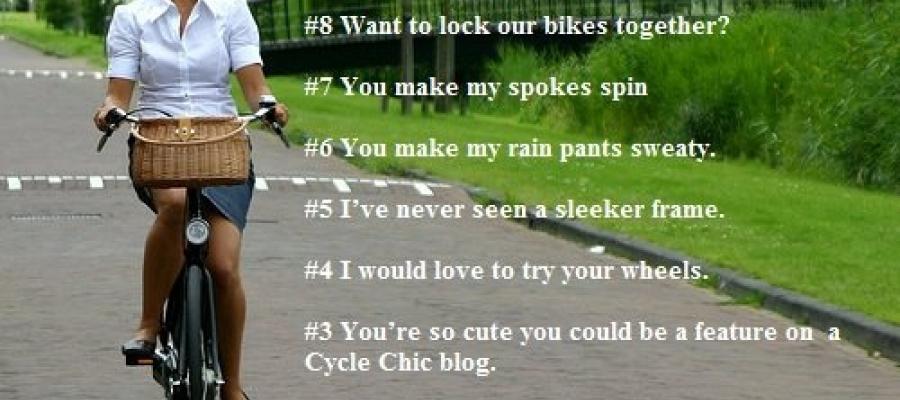Some might say I've lived two cycling lives because I've, well, lived two lives: as a guy called Nick and a woman named Justine.
Of course, others might say that they are two parts, stages or chapters of the same life. I wouldn't disagree with that, or that I've lived two lives.
Whichever (if either) is true, I know that some of my experiences while riding as Nick were different from the ones I've had as Justine, while others have been the same.
As for the latter category: As both Nick and Justine, I've heard shouts of "Nice legs!" from other cyclists, as well as drivers and pedestrians. I've also heard "You're built!" in both of my cycling incarnations.
When I was in Rome, riding the cute red bike I rented from Bici & Baci, a man on a much lighter and sleeker bike pulled up alongside me and intoned, "Tutto Campagnolo!"
I know he wasn't referring to the bike I was riding. Not his, either: I could see just enough to know that his Olmo frame had mid-level Shimano stuff on it. Perfectly good, but certainly not "Tutto Campagnolo."
Since then, I've wondered if his call had another meaning I hadn't picked up. I mean, I know a bit of Italian, but I certainly am not up to speed on local slang.
Hmm...Could it have been a pick-up line? After all, cyclists (and other people) have said stranger and cheesier things:
 |
| From the Cascade Cycle Club blog. |









